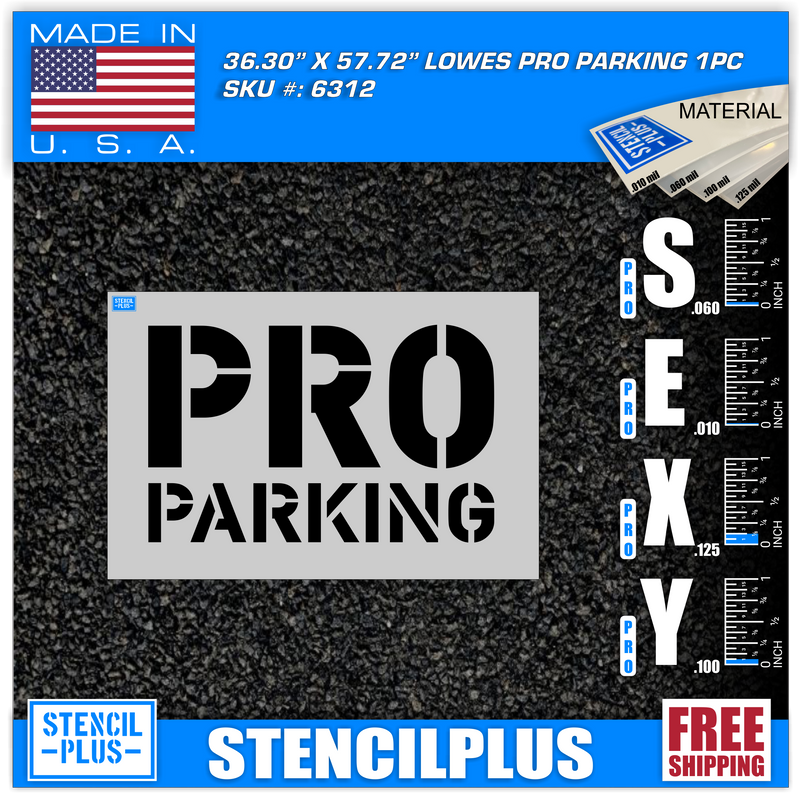
Any seller looking to make money selling on Amazon must be aware of the constantly changing rules. You should not only pay the Amazon fees that sellers have to pay, but also other Amazon tactics. This includes optimizing inventory and ways to increase revenue. You can protect your business by getting rid of excess inventory quickly. This will not only prevent you from losing money, but will also help you get the most out of your time at Amazon.

Amazon charges a LTSF fee for items that have been stored in their warehouses over a period of one year. The fee does not come in a flat rate. Instead, it is based on how many cubic feet your product occupies. This fee is not a high-end cost. Instead, it's an efficient way to increase Amazon's inventory control system.
Amazon will notify you of this fee in your Recommended Removal Report. You will also be notified six weeks before the clean up date. Amazon will include details about the latest fee changes in this letter. This includes the fact that it will now charge separate fees for items that are dangerous or have a long expiration date.
It might be a little confusing when you first see an LTSF evaluation. If you are a new seller, you might not understand the implications of the change. The fee change is logical. Amazon wants sellers to source higher-quality, more affordable inventory. It doesn't want slow-moving inventory to take up warehouse space. To avoid a LTSF assessment, you should never stock up on inventory.

Amazon's long term storage fee is not a one-time payment. It will be assessed both once a month and twice a calendar year. Amazon is charging a higher storage fee during the busiest time of the year at its warehouses, which are October through December. The general logistics cost of keeping goods in stock more than one year is also being accounted for by the higher storage fees. The new LTSF cost average $150 for 1,000 units and a minimum monthly charge of $0.15 for items less than a full year.
Amazon sellers must be aware of the many rules, regulations and tips they offer. You can minimize your exposure by calculating how much storage and fulfillment you spend before you launch your products. Plan ahead so you can increase your cash flow.
FAQ
Are you a believer that coupons should be used at grocery stores?
Coupons are definitely worth it as they can help save you money. It is important to realize that not every discount will be available. You can match sale prices with coupons, which is the best thing that you can do.
To maximize savings, coupons can also be combined. For example, if you have two $2/1 coupons, you could combine them into one $4/3 coupon.
Is it worth signing up for rewards and insider programs wherever you shop?
While rewards are wonderful, they may not be worth the effort. When you do sign up to an online program, ensure there is value. Be sure to know what you will be spending your time and money on.
Don't sign up for rewards cards just because they offer a signup bonus. Sometimes these bonuses don't make it worth the trouble of applying.
You should also ask yourself why it is that you want to be a part of a rewards program. Many people join because they see their friends doing it. However, if you aren't interested in the products or services offered by the business, you will likely not stick with it long enough for any benefits to accrue.
How do I shop smart online?
Shopping smart online means shopping with confidence. Here are some tips.
First, shop around. Compare prices and see which store offers the best deal.
Ebates and other cashback apps are another option. They function in the same manner as cashback programs offered at physical shops. The amount that you spend on their app will earn you points. Then, you can redeem those points for gift cards or discounts.
Third, search for promo codes. They can be found at sites such as RetailMeNot.com. You just need to enter the code when you checkout. Your savings will appear automatically.
Finally, check out the clearance section. You can often find incredible deals on top-end brands at discounted prices.
What about orders greater than $25?
Most major websites let you order items without shipping charges. Some offer free shipping for select items. You must spend at least $25 to qualify for free shipping. Many websites will apply free shipping automatically to your entire cart. Some websites will require that you enter the code "SHIPFREE” during checkout.
Statistics
- Last Black Friday, I bought a stove from Lowes at 40% off, receiving 24 months of interest-free financing (from Lowe's). (meetfabric.com)
- The vast majority only change a password to protect privacy a few times a year (27 percent) or, more likely, never (35 percent). (pcmag.com)
- Your Online Purchases 79% of Americans purchased goods and services online in 2018, which is expected to exceed 90% in 2023. (meetfabric.com)
- The tax is automatically added once you click the checkout button, so factor in an additional 20% when looking at the product page. (makeuseof.com)
External Links
How To
How do I make a grocery list?
A grocery list should include items that you shop at your local store. It should contain the following categories:
-
Produce (vegetables, fruits)
-
Meat/fish
-
Dairy products such as milk, cheese and yogurt
-
Snacks & sweets
-
Drinks
-
Other groceries
The most important thing when making a grocery list is to keep it simple. Not writing down every meal you eat each day is a waste of time and can lead to a complicated list. Try to find out what ingredients you use frequently and add them to your list. Try adding something new if you like it!
Knowing the recipes you like to cook can help you save some time. Online recipe databases are available that allow you to look up ingredients and print out the recipe. To make it even easier, you can take a picture and place it in Evernote.
You can find inspiration in our article about how to create a grocery shopping list.